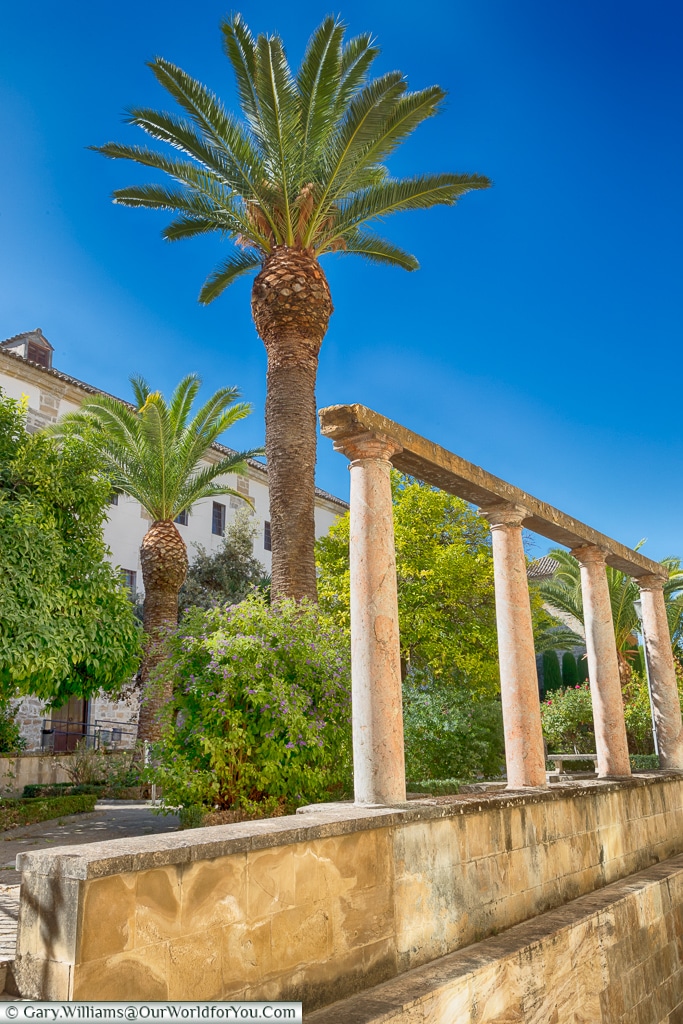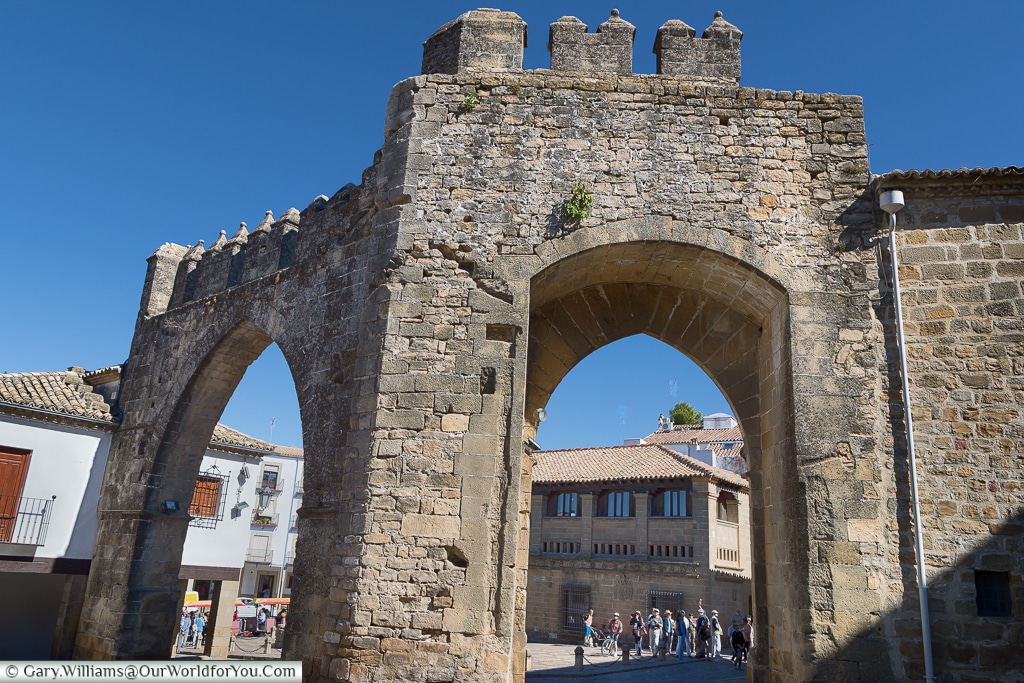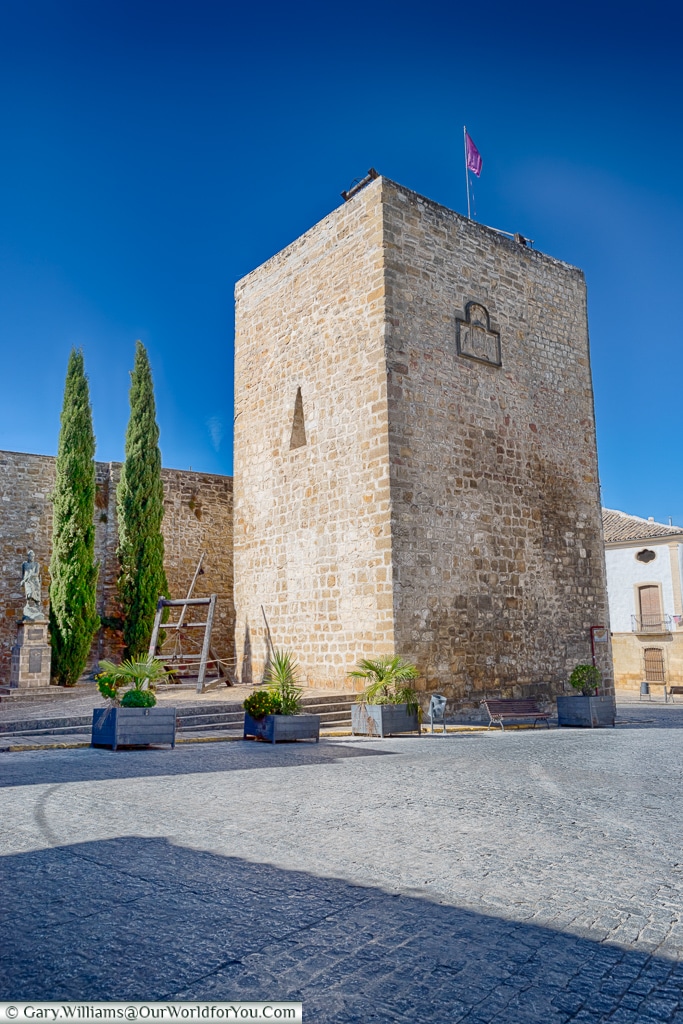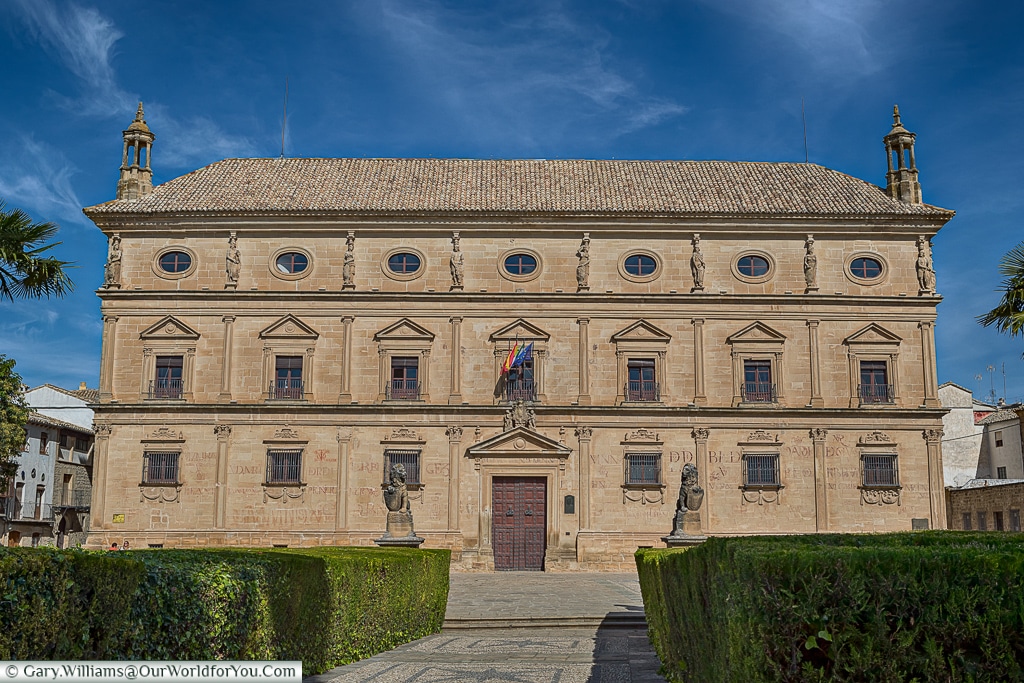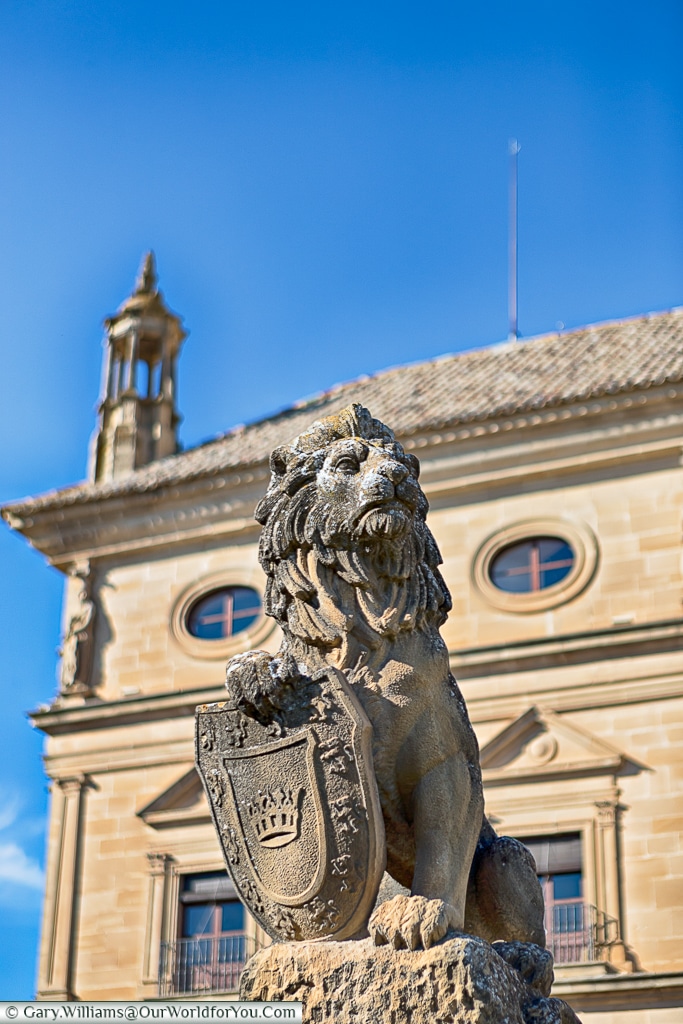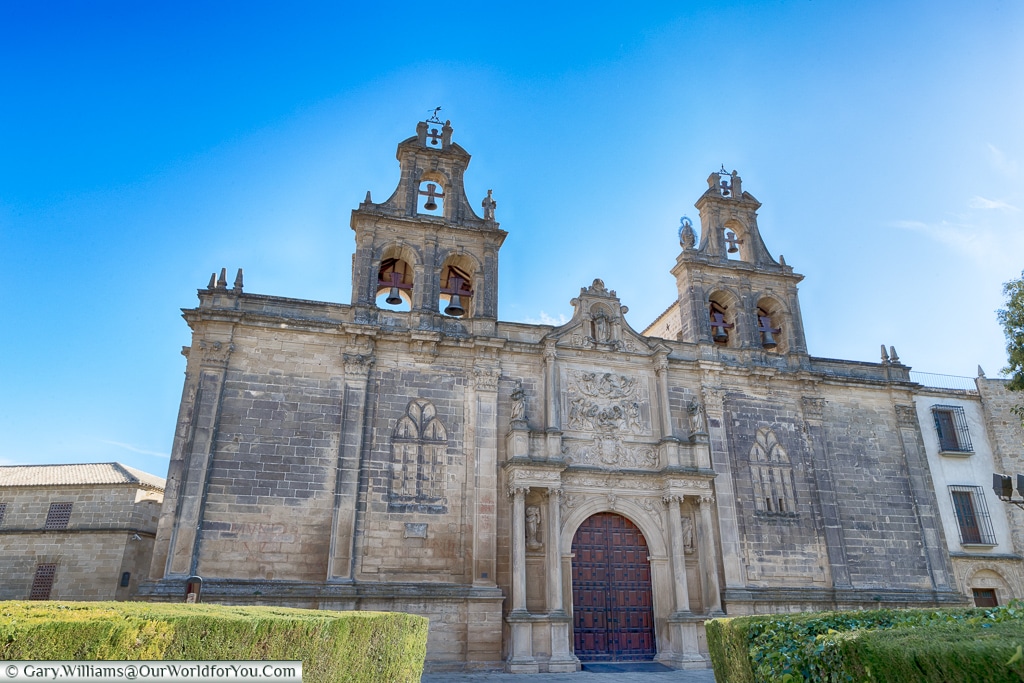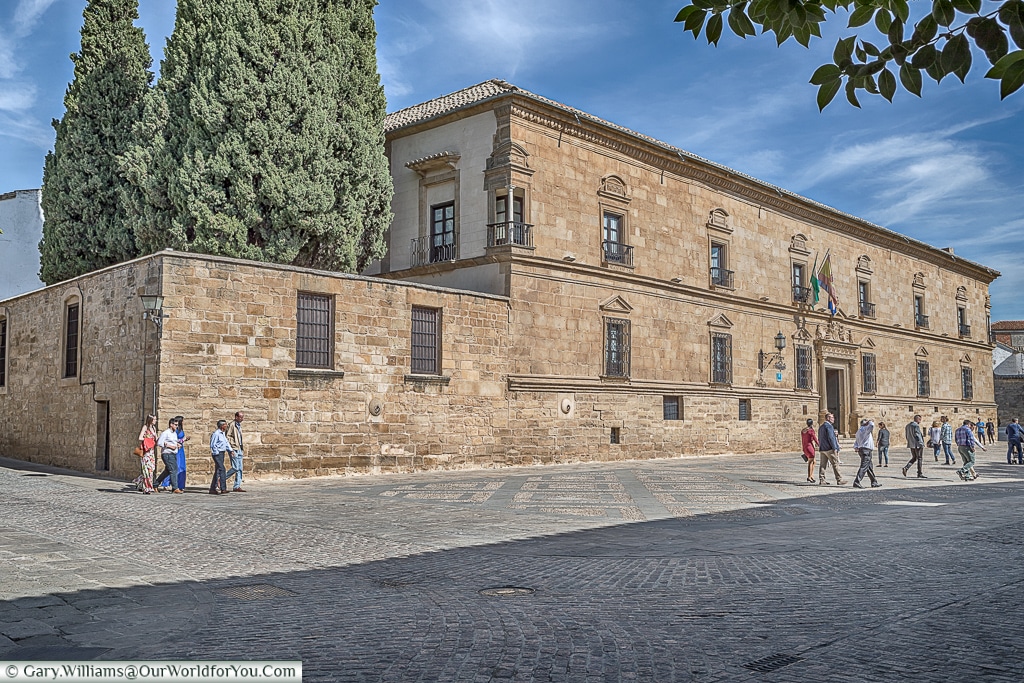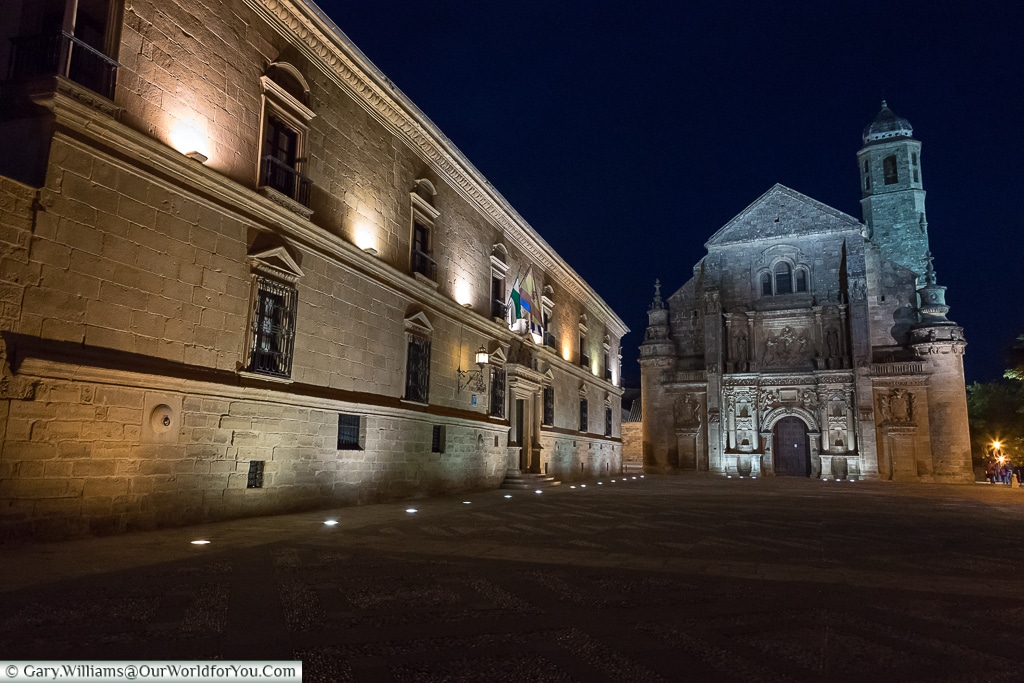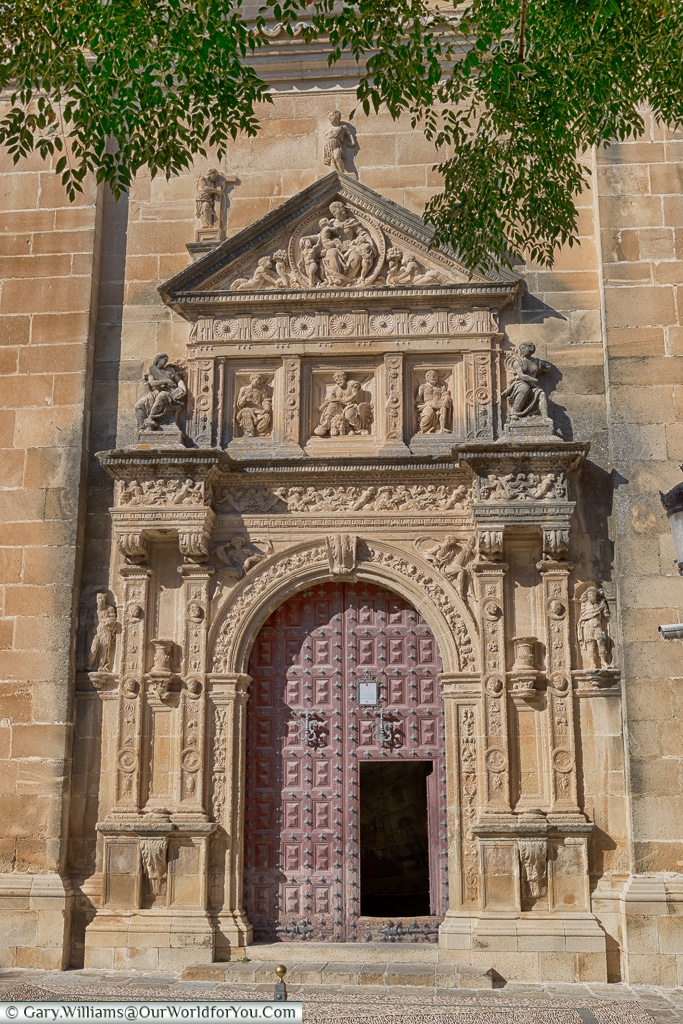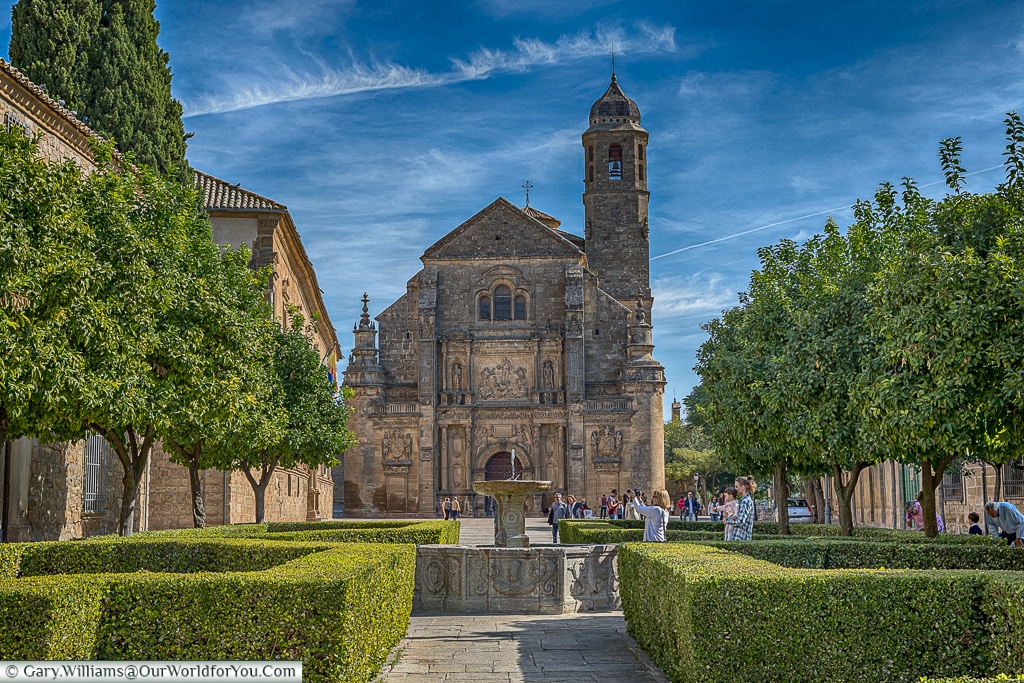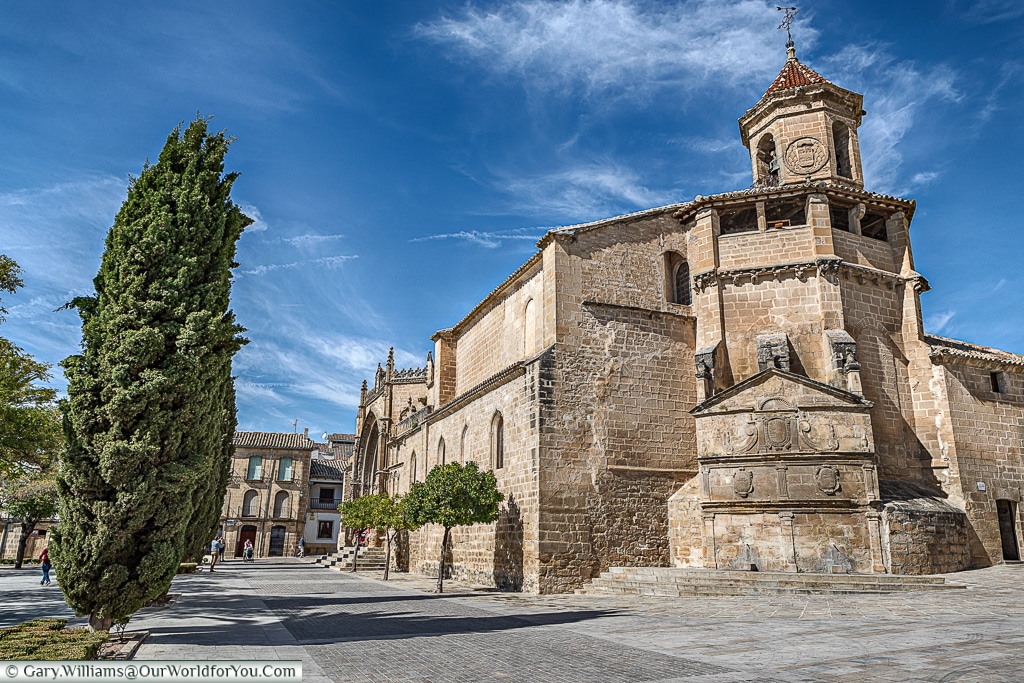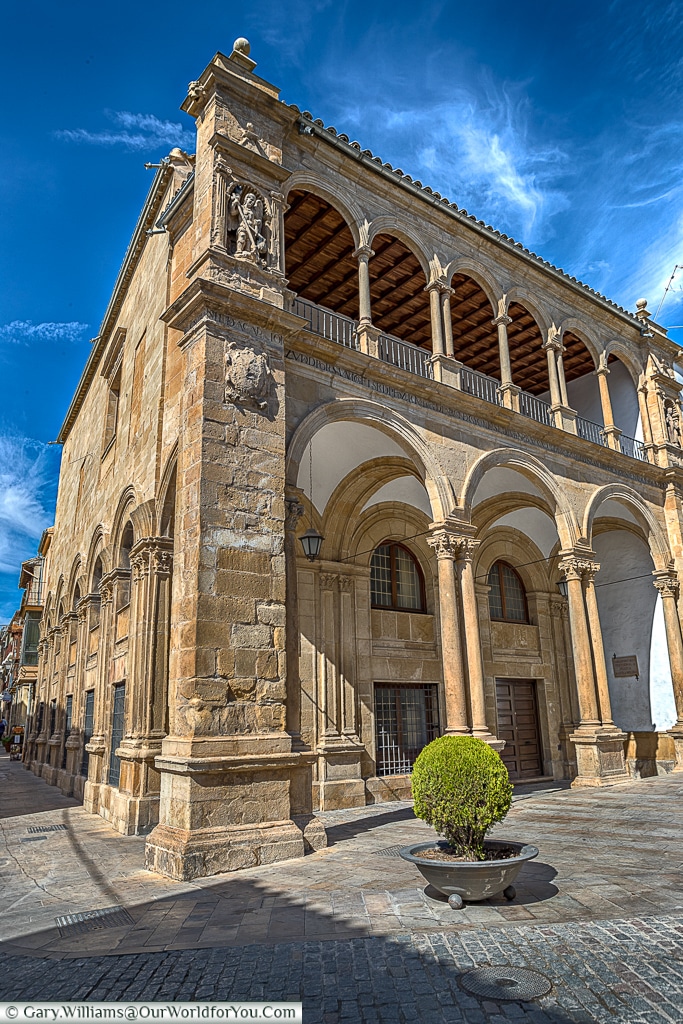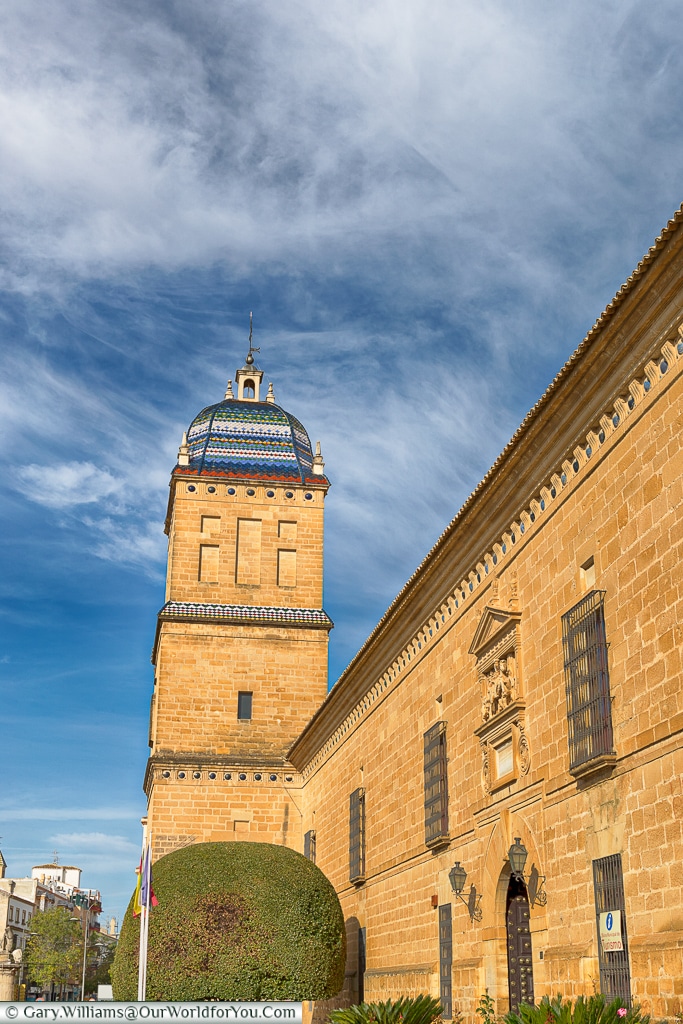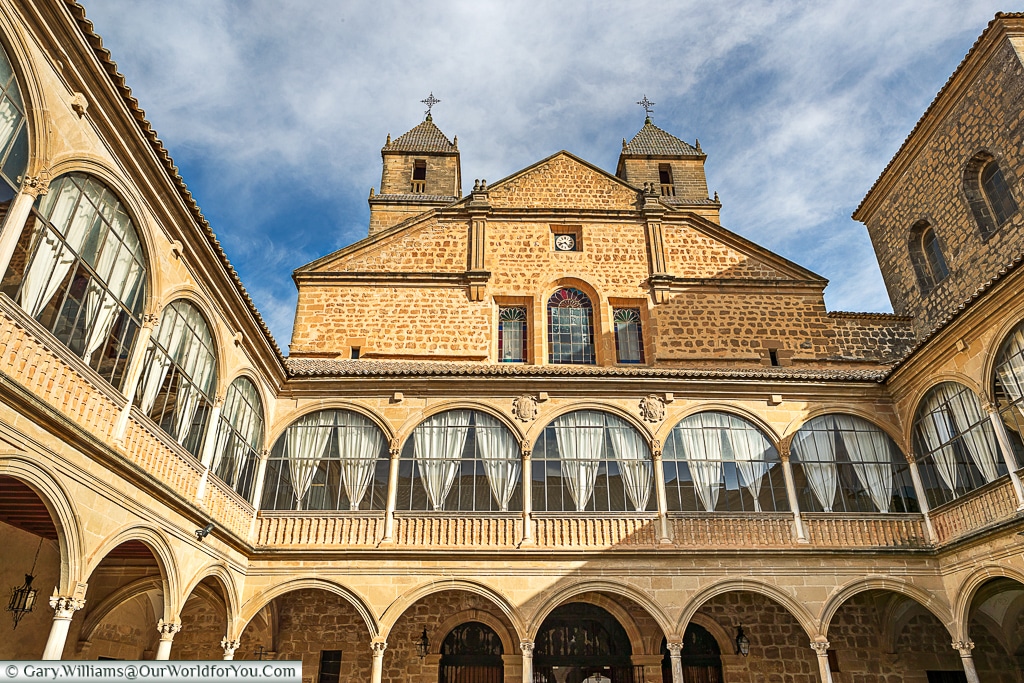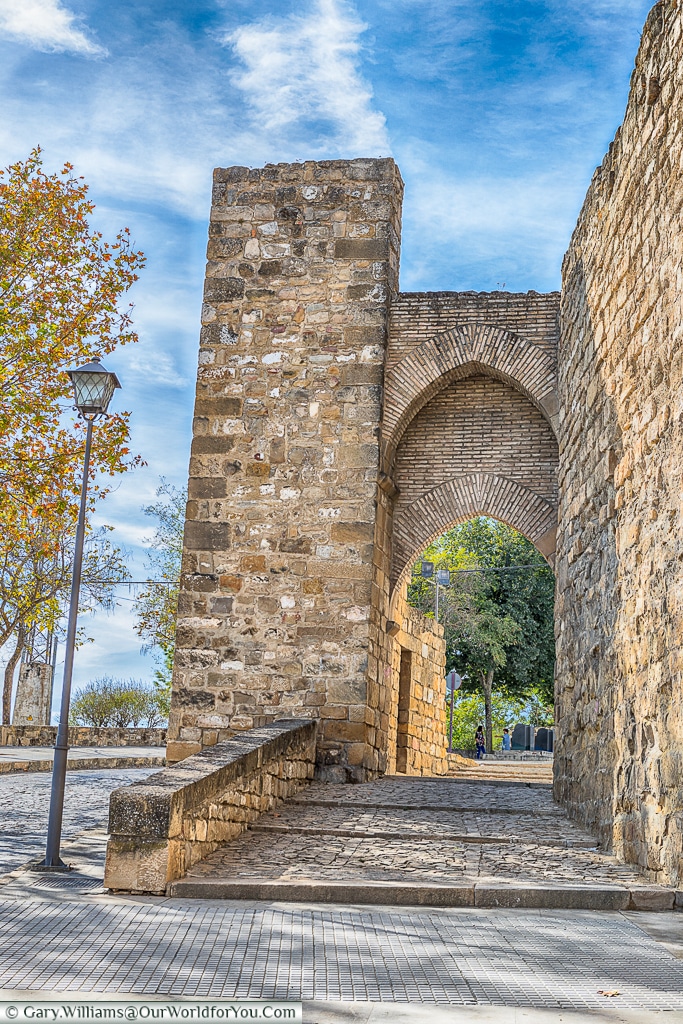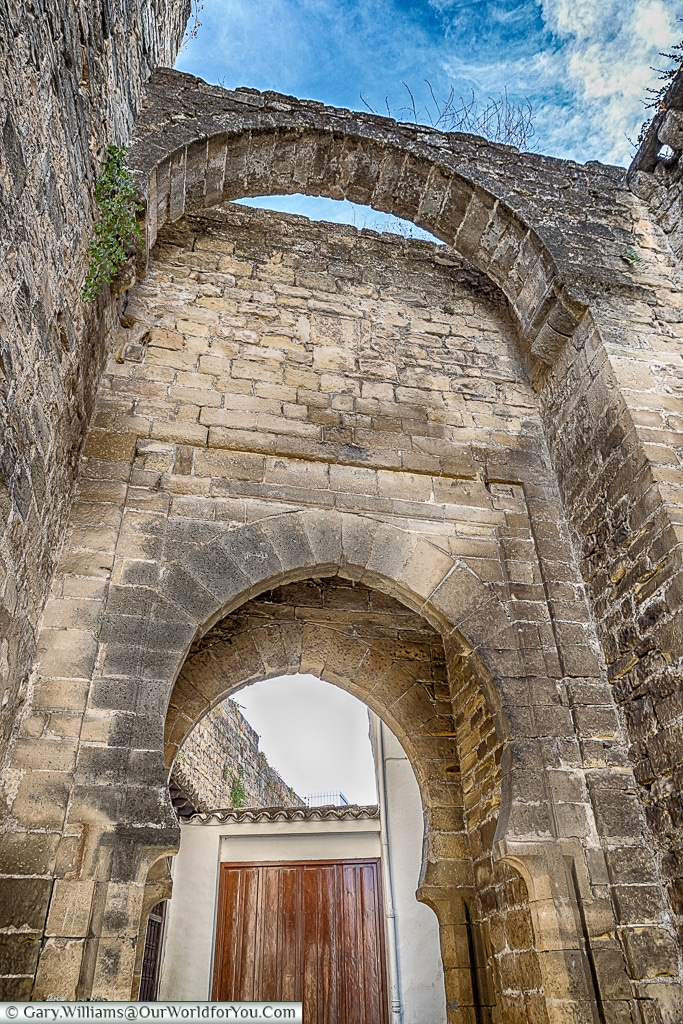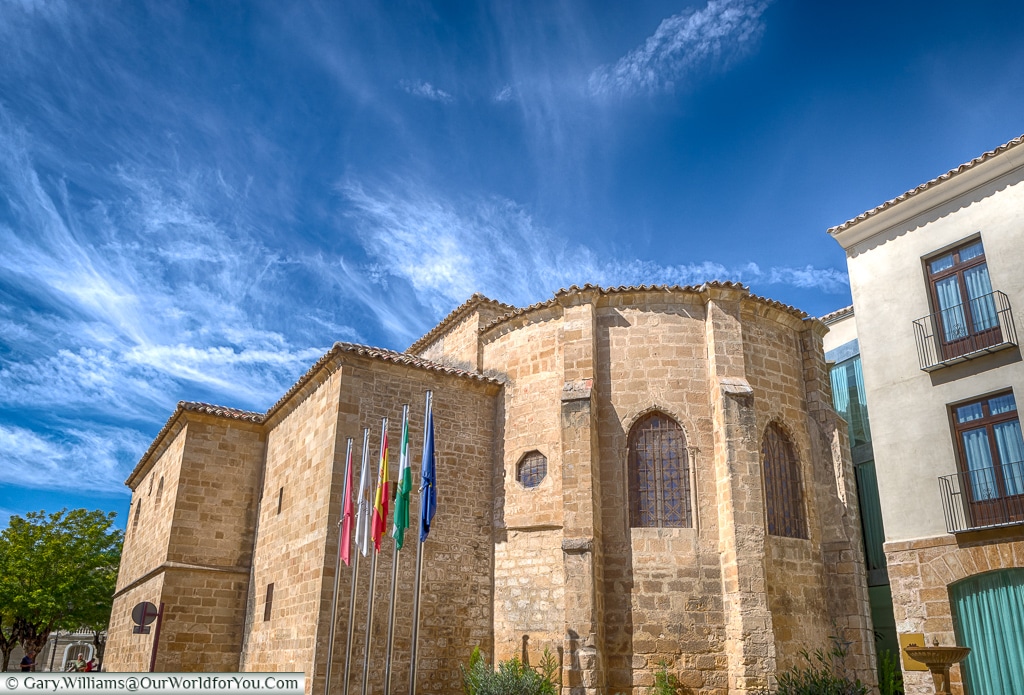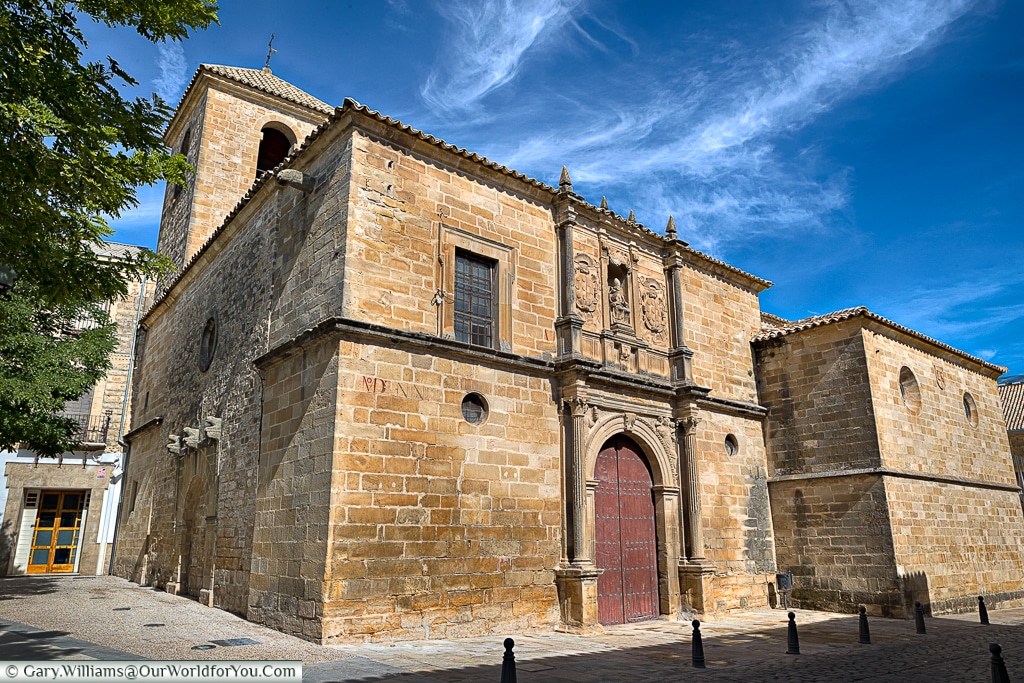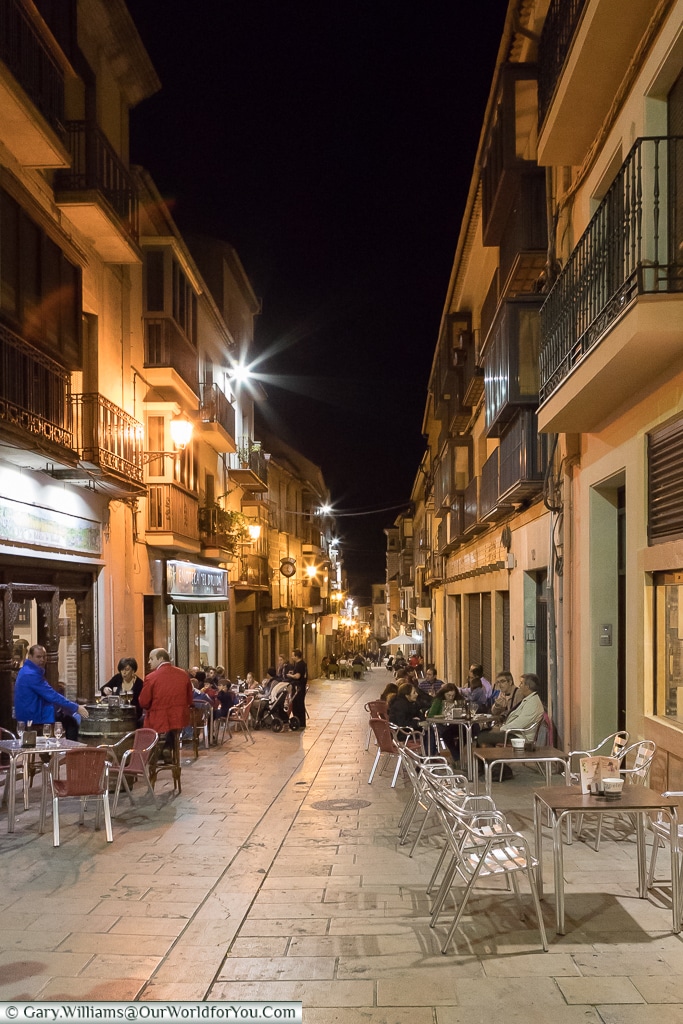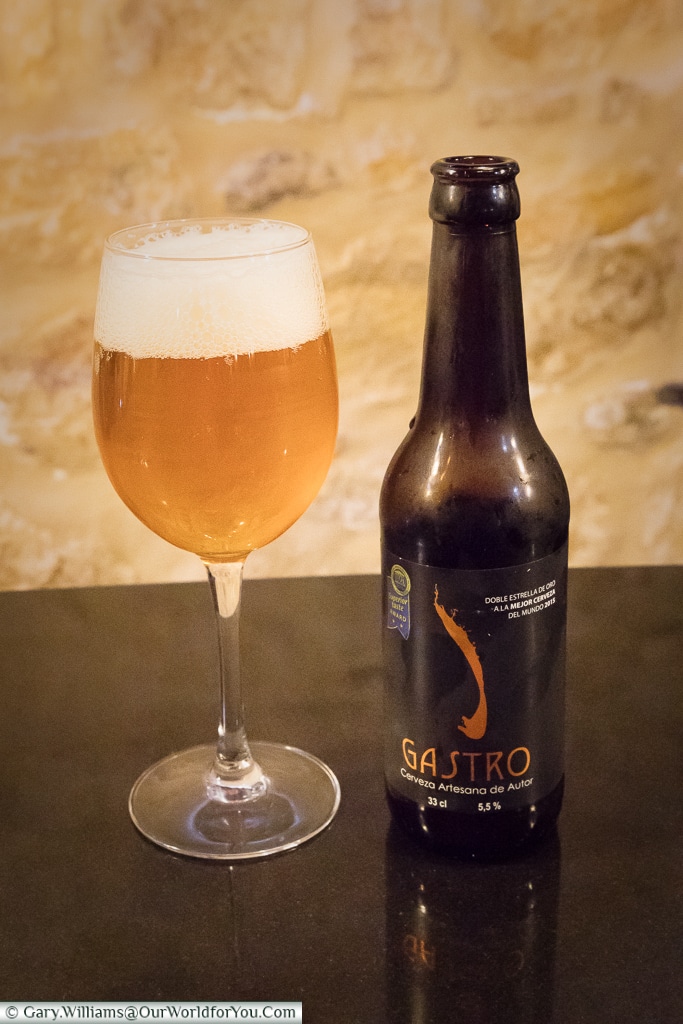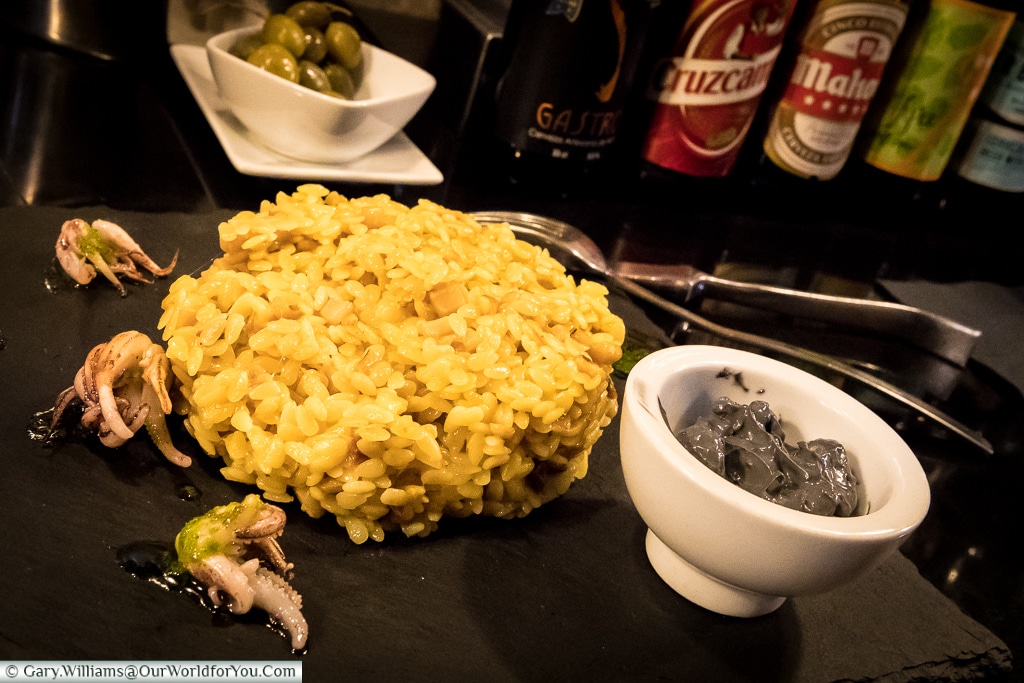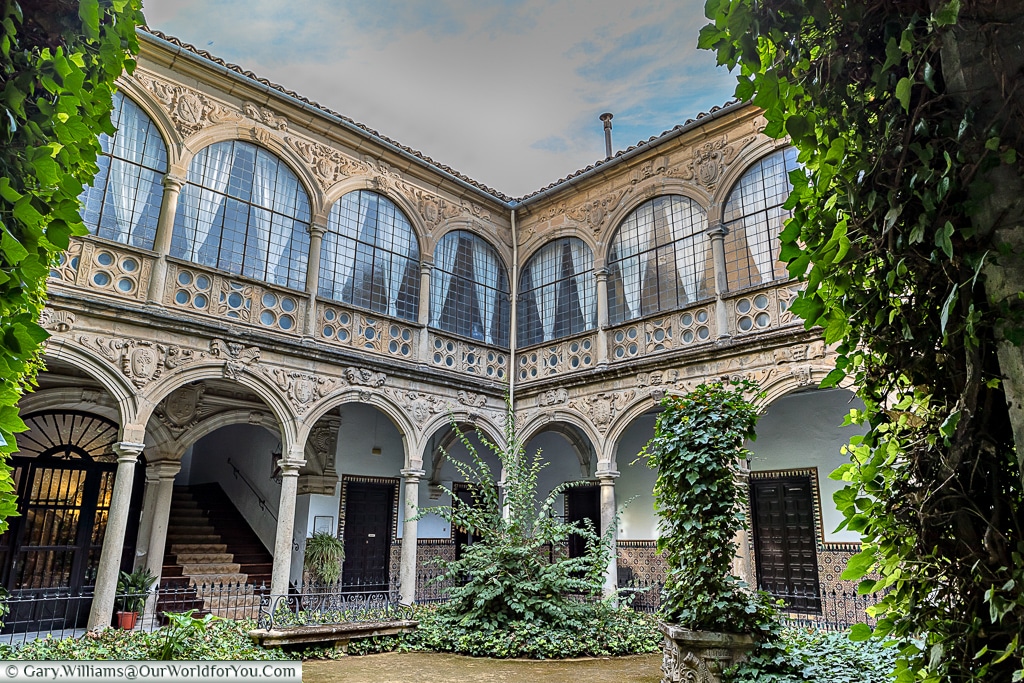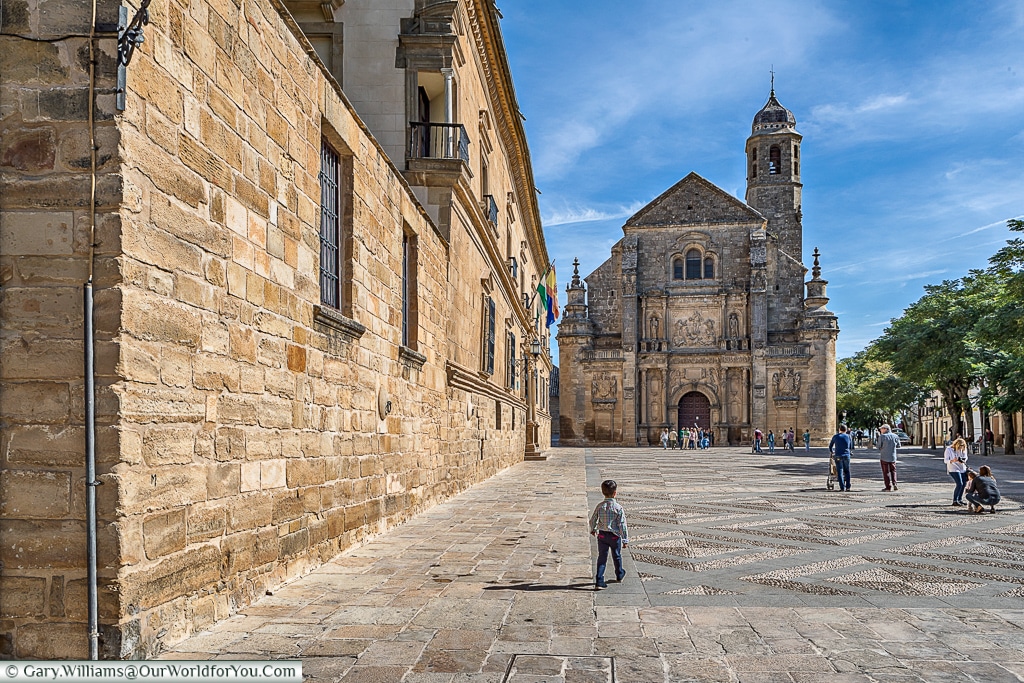
Renaissance Spain: Úbeda via Baeza
Olives as far as the eye could see
The two ancient Renaissance towns of Úbeda and Baeza are within the Andalusian region of Spain. One of the first things you notice whilst driving around this region of Spain, are the wonderful olive groves that stand proudly in unison as far as the eye can see.
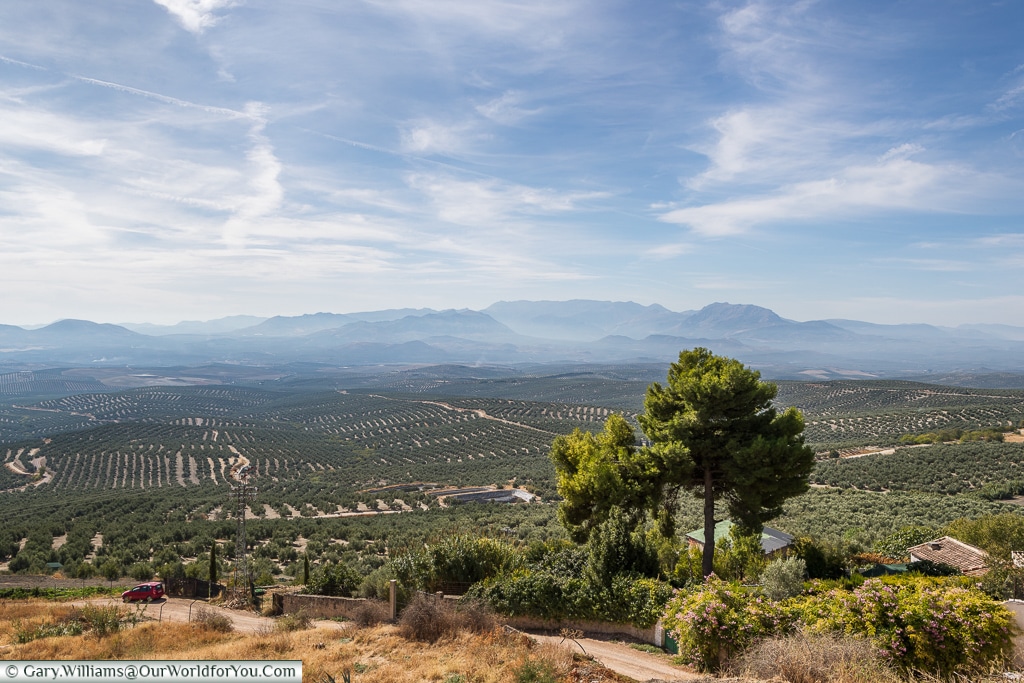
The second is the delicate aroma of the fruit that hangs ripening in the Andalusian sun.
The peaceful local roads winding through the groves really are a pleasure to tour around.
Whilst we were on our way to Baeza we took the opportunity to launch the drone and get another perspective on this widespread countryside.
Baeza
Baeza, in its Moorish prime, was a thriving city of 50,000, today this picturesque historic town although decreased considerably in numbers, has wonderful examples of Renaissance architecture.
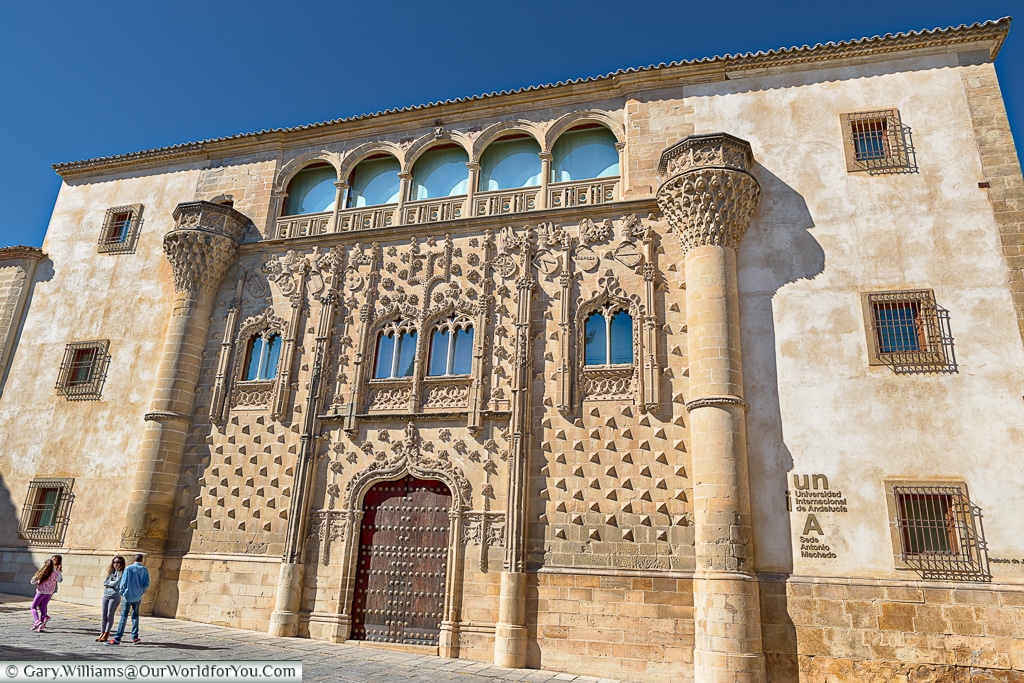
Along with its big sister town of Úbeda, the two of them were inscribed onto the UNESCO World Heritage list in 2003 for their outstanding 16th century palaces and churches.
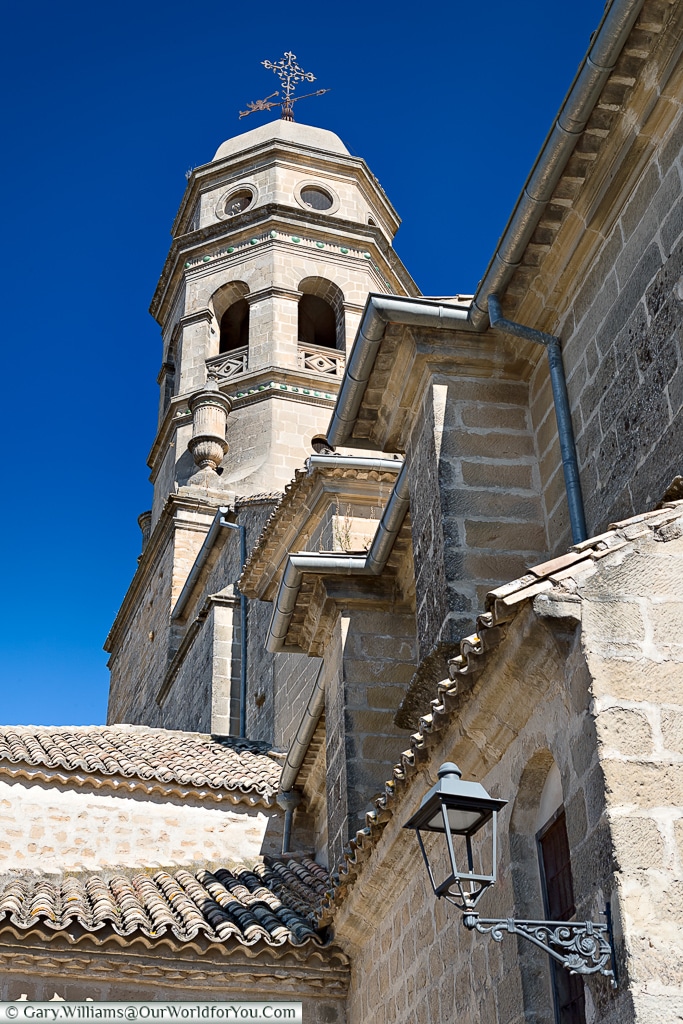
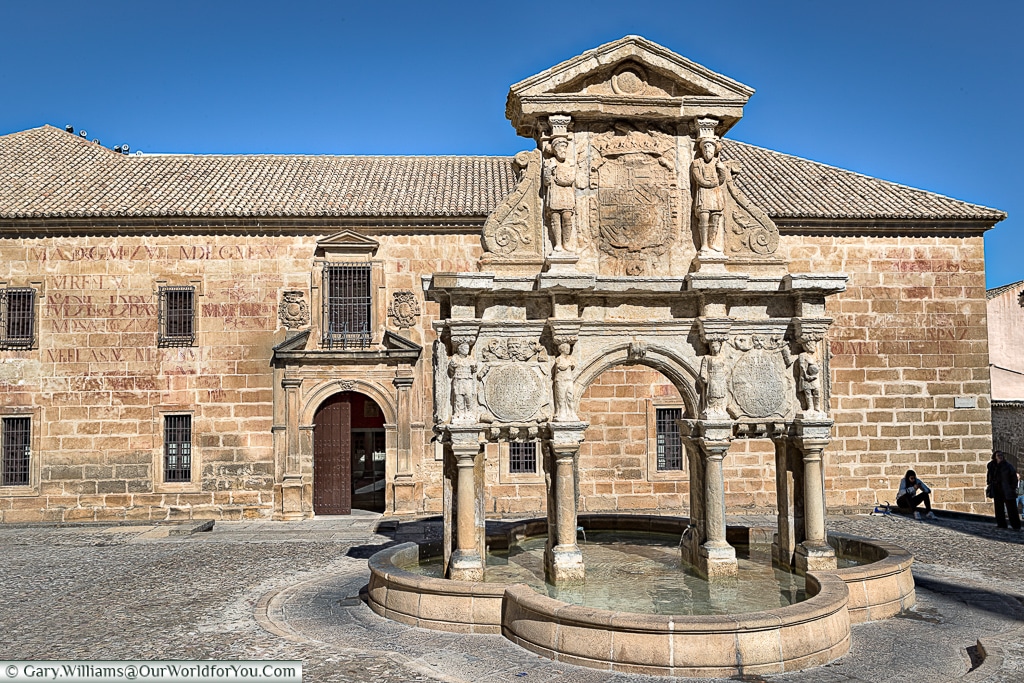
Why not?
Start creating your own Spanish adventure and discover its historical towns and cities for yourself, easyJet & British Airways are just a couple of options.
Quiet streets
The sandstone coloured lanes and alleyways are lovely to stroll around, with history creeping up on you around every corner.
Amongst the historical walls
As you wander through Plaza del Pópulo, passing by Fuente de los Leonos (Fountain of the Lions) you are greeted by the Jaen Gate, remnants from the Moors. In 1526 the Arco de Villalar was built connecting to the gate, to honour Charles V’s visit and his victory in 1521 at Villalar.
To the northeast of the old town is the Torreon y Murallas, which forms part of the historical Baeza wall and connects to the Puerta de Úbeda.
From Baeza we head onto Úbeda, which is only 6 miles away.
Úbeda
Just like Baeza, Úbeda is steeped in history with its amazing façades adorning the elegant buildings.
The main square of Plaza Vázquez de Molina is quite considerable, bearing in mind the size of the town, and perched high above the olive groves below.
Plaza Vázquez de Molina
One of the imposing buildings surrounding the square, is the Vázquez de Molina Palace built between 1546 & 1565, also known as the Palace of Chains (due to its façade).
This building was once home to Dominican nuns but has since been used as the City Hall and is guarded by a pair of stone lions.
Opposite is Saint Mary of the Royal Alcázares, built on the ruins of a Moorish mosque, this church integrates not only Renaissance but Gothic and Baroque styles.
At the other end of the plaza is the Deán Ortega Palace built in 16th century, with a beautiful inner courtyard. Built by Andrés de Vandelvira, this palace is now a Parador hotel.
Just next to the Deán Ortega Palace is the wonderfully striking El Salvador Chapel, also built in 16th century, between 1536 and 1559.
It was commissioned by Francisco de los Cobos y Molina as his family's funerary chapel and was another creation of Andrés de Vandelvira.
Plaza Primero de Mayo
Just a few steps north is another delightful plaza, Plaza Primero de Mayo (1st of May).
This square now has a lovely bandstand, but was originally Úbeda’s market square and bullring.
It is also home to the 15th century Iglesia de San Pablo and the arcaded Antiguas casas Consistoriales (old town hall).
It is believed from here councillors once watched the inquisition atrocities.
Hospital de Santiago
The Hospital de Santiago is situated just outside the old town and was also designed by Vandelvira in the late 16th century.
This now conference hall is also known as “Escorial of Andalucía” in reference to the similarities it has with the famous monastery outside Madrid.
Hospital de Santiago has wonderful decorative square bell towers and an elegant courtyard within (a tourist office is also located here).
Defensive walls
Whilst wandering around the ancient streets of Úbeda, you can see that a few of the ancient walls, towers and arches that were built to protect this city still remain today.
Tempted to?
Plaza de San Pedro
The small Plaza de San Pedro is another delightful square and is home to one of the oldest churches in Úbeda, Iglesia de San Pedro. Believed to have been built on the ruins of a mosque, this church does have the look in parts of a Knights Templar church.
Tapas
The couple of evenings that we spent in Úbeda we found some really good tapas, along the Real Juan Montilla.
Often we avoid the busiest areas in towns, but on this occasion, we were pleased we didn’t, and there selection of beers wasn’t bad either.
Accommodation
Our accommodation for the 2 nights we were in Úbeda, was at the Palacio de la Rambla. This hotel has a wonderful inner courtyard which is attributed to Andrés de Vandelvira, the Renaissance architect. It is also just on the outskirts of the Old Town, so very central.
The hotel had its own enclosed parking, but quite tight if you have a large car.
Something from Get Your Guide?
Why not check out what else is on offer through Get Your Guide.
(These options are provided by GetYouGuide.Com. We will earn a small commission, at no extra cost to you if you book through our site)
Inspired to visit Úbeda or Baeza?
A chance to see another side of Spain, and once steeped in history.
Why not checkout the latest deals on Booking.Com?
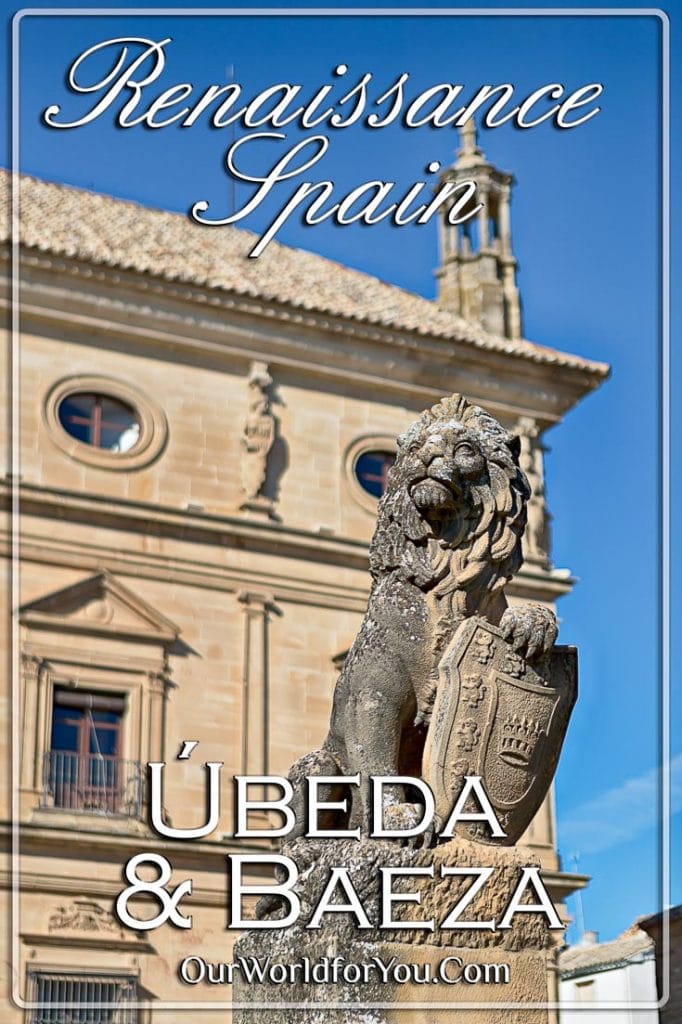
(Why not Pin It for Later?)
